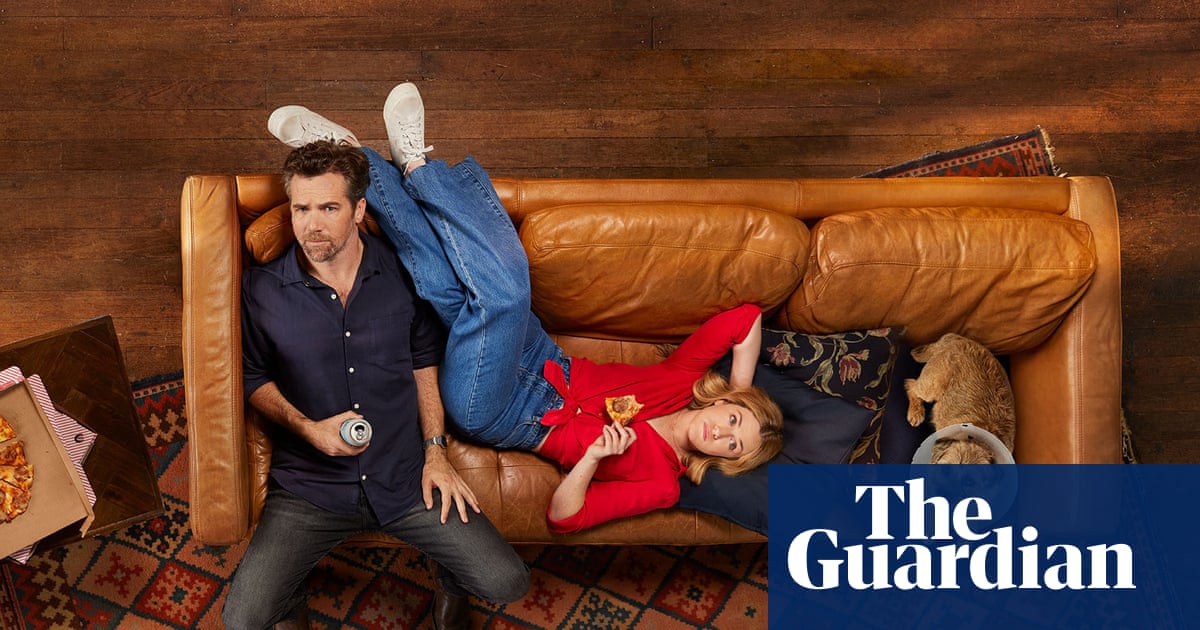
The Beatles’ 1970 album Let It Be and its depressing accompanying documentary were always bugbears among the former Fabs. John Lennon dismissed the music as “badly recorded shit”; Paul McCartney was so horrified by the album that he masterminded a new version in 2003, shorn of the additions by Phil Spector, whom Lennon employed as a producer without telling McCartney. None of the Beatles turned up to the documentary’s premiere; Ringo Starr objected that it was “very narrow” and had “no joy”.
Peter Jackson’s Get Back is a documentary series designed to address Starr’s concerns. It shows a broader, ostensibly happier, picture of the band’s doomed 1969 project to write a new album, rehearse the songs and perform them live in the space of two weeks. Whether the Get Back sessions hastened the Beatles’ demise remains moot, but a preponderance of footage featuring songs sung in funny voices, mugging to camera and in-jokes can’t stop the initial sessions at Twickenham Studios from looking like misery.
Harrison is alternately surly and prickly, as you might be if you brought in a song as good as All Things Must Pass and got a lukewarm reception. Lennon is visibly, joylessly stoned out of his gourd. Valiantly attempting to jolly things along, McCartney keeps slipping into passive-aggressive wheedling. Matters aren’t helped by the original documentary’s director, Michael Lindsay-Hogg, who insists that the band should perform in an amphitheatre in Tripoli – “Torchlit! In front of 2,000 Arabs!” – and is heroically undaunted by various Beatles telling him where to stick his idea.
He is still at it when Harrison storms out and can’t be persuaded back, a move that McCartney genuinely seems to think signals the end of the band. As Macca sits disconsolately in Twickenham, eyes brimming, Lindsay-Hogg seizes the moment: “I think we should have a good location …” The Beatles have apparently split up, but the dream of Tripoli and its torchlit Arabs lives on.
Things improve when the band decamp to a studio in Apple’s headquarters – at least for the Beatles. For the viewer, it is another matter. Jackson is not a director noted for the brevity of his approach – his version of King Kong is twice the length of the original; his Hobbit films turned a 310-page novel into eight hours of cinema – and so it proves here. The three episodes of Get Back last the best part of eight hours. There are doubtless Beatle maniacs who think that is impossibly stingy – there is a bootleg set of recordings from the Get Back sessions that fills 89 CDs – but, for anyone else, its sheer length can feel like a schlep.
There are fantastic moments. Lennon and McCartney’s eyes locking as they harmonise on Two of Us; the producer Glyn Johns’ gentle, futile attempts to dissuade Lennon of the apparently unimpeachable genius of Allen Klein, a crook whose involvement hastened the Beatles’ demise and ended in litigation; Lennon’s delighted cry of “Yoko!” as McCartney’s adopted six-year-old daughter, Heather, starts screaming into a microphone; and especially McCartney, casting around for a new song, idly strumming his bass and singing nonsense words, gradually settling into a rhythm and melody that turns into Get Back.
Indeed, it is hard not to boggle at the Beatles’ productivity. Ostensibly short of material at the outset, after a month they have grubbed up not only the entire Let It Be album, but also more than half of Abbey Road and a selection of songs that ended up on their early solo albums: Jealous Guy, Back Seat of My Car, Gimme Some Truth.
But the moments of inspiration and interest are marooned amid acres of desultory chit-chat (“aimless rambling”, as Lennon rightly puts it) and repetition. There is a point, about five hours in, when the prospect of hearing another ramshackle version of Don’t Let Me Down becomes an active threat to the viewer’s sanity. That is doubtless what recording an album is like, but for an onlooker it is – to use the language of 1969 – a real drag. Much opprobrium has been cast at Yoko Ono for her constant presence at Beatles’ recording sessions, but, after this, you marvel at her fortitude for sitting through them.
With Lindsay-Hogg’s 2,000 torchlit Arabs a memory, it ends with the famous concert on the roof of Apple’s HQ, which Jackson makes the most of by showing it in split screen, shared with footage of the street below and police arguing with the building’s receptionist. It is 40 minutes of untrammelled joy, but it is an inordinately long and winding road to get there. You wonder how many viewers will last the distance and if any, other than the aforementioned maniacs, will take it more than once.












